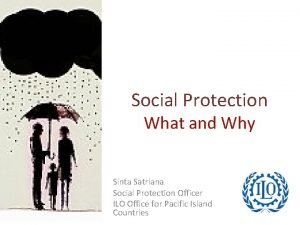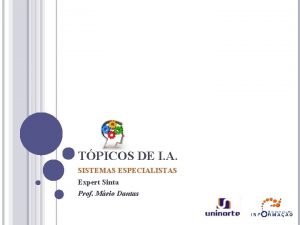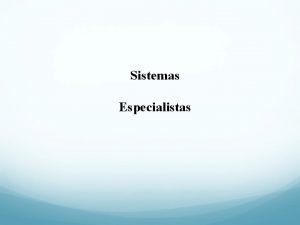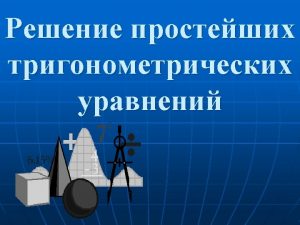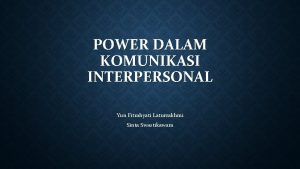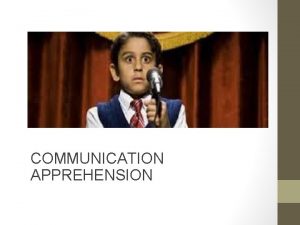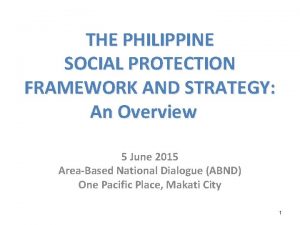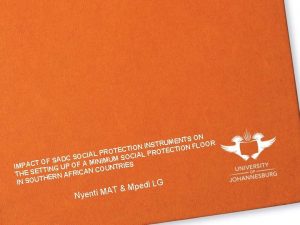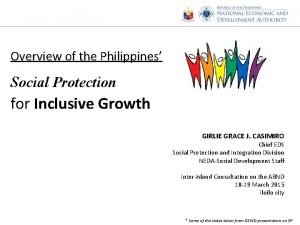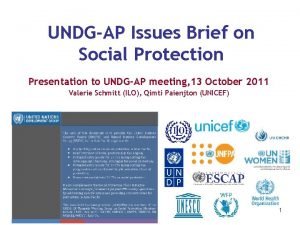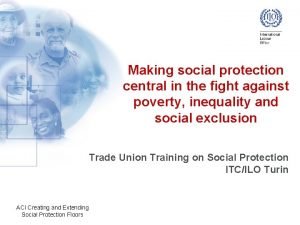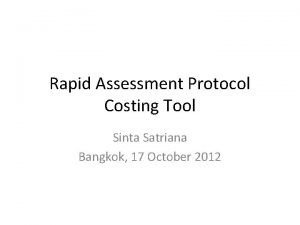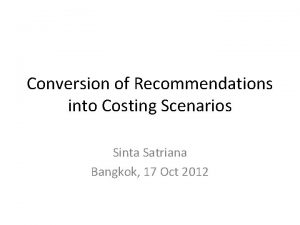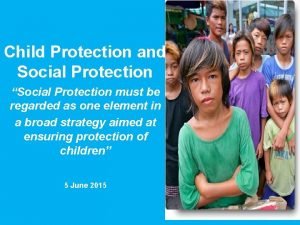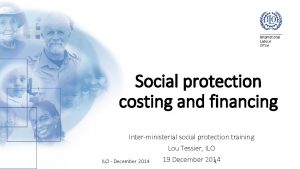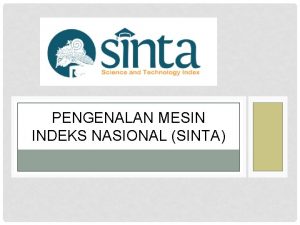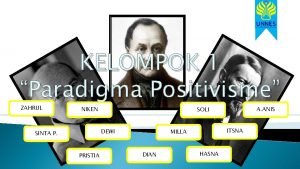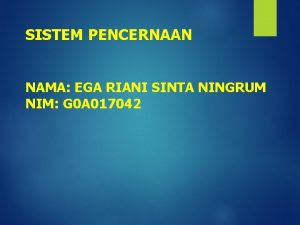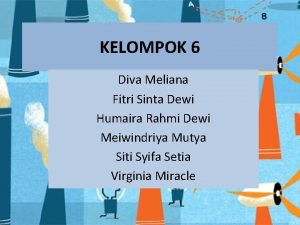Social Protection What and Why Sinta Satriana Social















- Slides: 15

Social Protection What and Why Sinta Satriana Social Protection Officer ILO Office for Pacific Island Countries

1. What is Social Protection? 6. Myths and Facts in Social Protection Content of Presentation 5. What is the Social Impact? 2. How is Social Protection Delivered? 3. Why do we need Social Protection? 4. How much does Cost for the Economy?

What is Social Protection? A Fundamental Human Right Universal Declaration of Human Rights “Everyone, as a member of society, has the right to social security” (art. 22) Convention on the Rights of the Child “States Parties shall recognize for every child the right to benefit from social security” (art. 26) Economic Investment Social Investment

What is Social Protection? Social Protection ? ? ? Term s Social Security Social Safety net The protection provided by the society to: - compensate for the loss of income - address poverty and vulnerability - facilitate access to basic services Provided through: • Social Insurance • Social Assistance (transfer) • Employment legislations

Types of Social Protection Schemes Type of schemes Social insurance Social assistance Source of Fund Examples Employer employee contribution > Contributory pension > Health insurance > Unemployment insurance > Maternity insurance Government budget (tax) > Cash transfer for the poor > Social pension > Disability benefit > Food transfer > Minimum wage Labour legislation Employers’ liability > Sick leave > Statutory maternity leave > Work injury comp.

Why Social Protection? contingencies & risks throughout the lifecycle School Age Maternity • Unable to work • Lack medical care • Malnutrition Old age • No access to school • Child labour • Loss of parental care • Unable to work • Lack care from family • Declining health Life cycle Early childhood • Malnutrition, stunting • No access to immunization • Loss of parental care Working age • Unemployment /underemployment • Work injury • Become disabled Death of the breadwinner • Loss of family income • Loss of parental care • No savings/pension

Life contingencies and changes in wellbeing Source: http: //www. shiree. org, Bangladesh

Vulnerability to move in and out of poverty Population High degree of movement in and out of poverty Only 16. 7% were poor in 2004, but more than 59% had been poor at some time during 2003. Over 38% of poor households in 2004 were not poor in the previous year. Expenditure Very Poor Insecure Case: Indonesia. Source: World Bank, Indonesia

Expenditure Vanuatu Income/Expenditure Distribution Wealthy 180, 000 160, 000 Need social assistance Can afford social insurance 140, 000 120, 000 100, 000 Insecure 80, 000 60, 000 Average Expenditure Poor Basic Need Poverty Line 40, 000 20, 000 0 1 2 3 4 5 6 7 8 9 10 Population Decile

Economic Cost? More like Economic Investment Welfare Increase demand market Multiplier Effect Cash / other transfer Increase Production Business growth Fiscal space Increase gov’t revenue Tax Increase Trade & Income Global studies suggest that investing $1 in public health or cash transfer programs can yield as much as $3 in economic growth.

Impact on future generation Health Access to health care, vaccination etc. Nutrition Food programme, family cash transfer etc. Better Human Resources Better Quality Labour Force Economic Growth Education Scholarship, School feeding etc. Multiplier Effect • In Bangladesh, S. Africa and Nicaragua: Cash transfer reduce stunting and malnutrition better cognitive development Higher score in math & reading • Cash transfer in Brazil reduces the probability of dropping out of school by 63%

Impact on working age population Uganda Mexico and South Africa : • 17% increase in labour supply • Nearly 50% increase in earning (especially women’s) Recipients of social transfers look for work more intensively and find employment more successfully (compared to non recipients) the availability of cash provide the poor with: - startup capital - collateral for credit - transportation costs to locations of better jobs, - or simply decent clothes to come to job interviews Obtain better jobs Somalia improved access to credit (regular cash transfer used as collateral).

Social Protection for Peace and Social Cohesion Income security reduces crime and social tension Redistribution of wealth social inclusion and integration shows greater government accountability Conflict Prevention, social cohesion and stability

Myths and Facts in Social Protection Myths Facts We have our traditional structure, no need formal social protection • Kastom: Community members help others in need, in return, others will help them when in need (traditional insurance) • With urbanisation and more cash economy, traditional social assistance system cannot cover all • National Social Protection system: brings the spirit of helping each other to a higher level, to a bigger pool with more resources Benefit money (free money) is spent irresponsibly • Evidence allover the developing world shows social assistance is used mainly for food (more than 50%), health, education and other essentials

Thank you! Let’s Discuss!!
 Sinta satriana
Sinta satriana Sinta satriana
Sinta satriana Pictures
Pictures Exsinta
Exsinta Expert sinta download
Expert sinta download Sinta swastikawara, m.i.kom
Sinta swastikawara, m.i.kom Sinta swastikawara
Sinta swastikawara Communication apprehension definition
Communication apprehension definition Don't ask why why why
Don't ask why why why Data protection act in health and social care settings
Data protection act in health and social care settings Social protection operational framework philippines
Social protection operational framework philippines Social protection instruments
Social protection instruments Social protection operational framework philippines
Social protection operational framework philippines Social protection
Social protection Ilo social protection
Ilo social protection Social thinking social influence social relations
Social thinking social influence social relations
